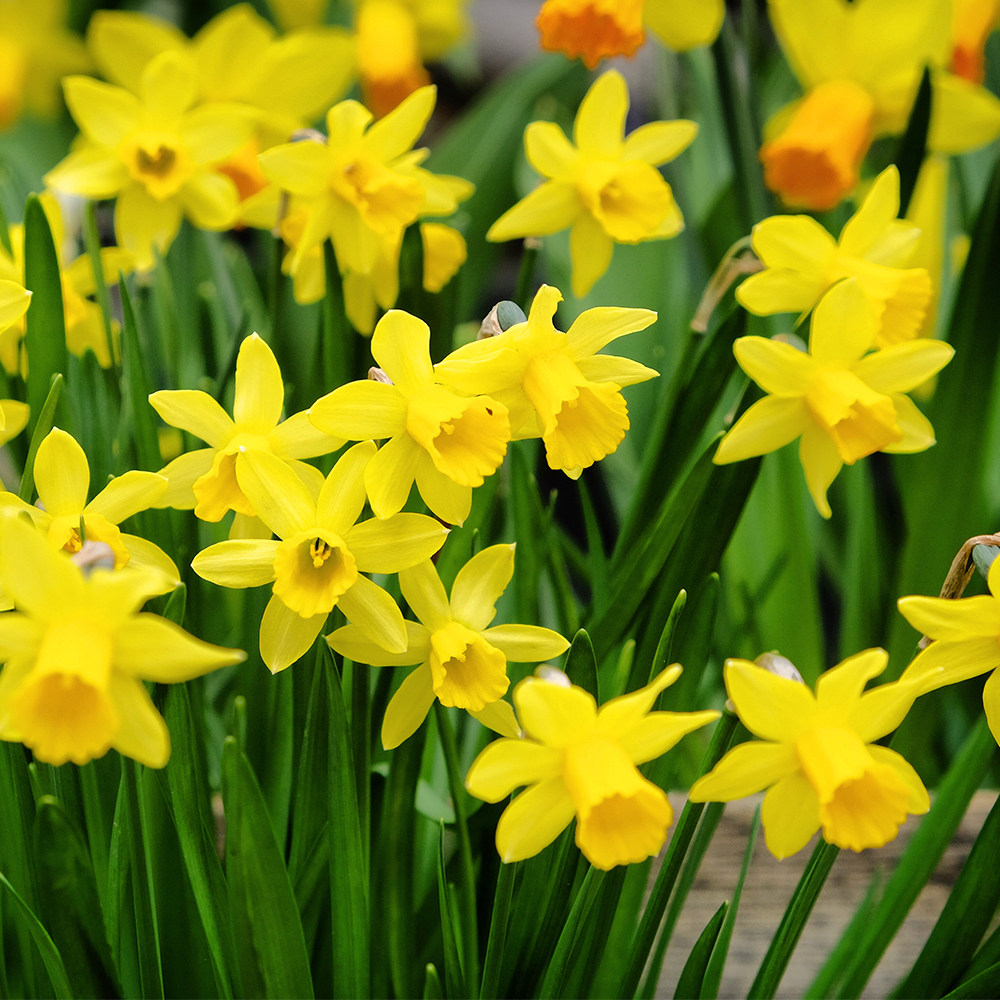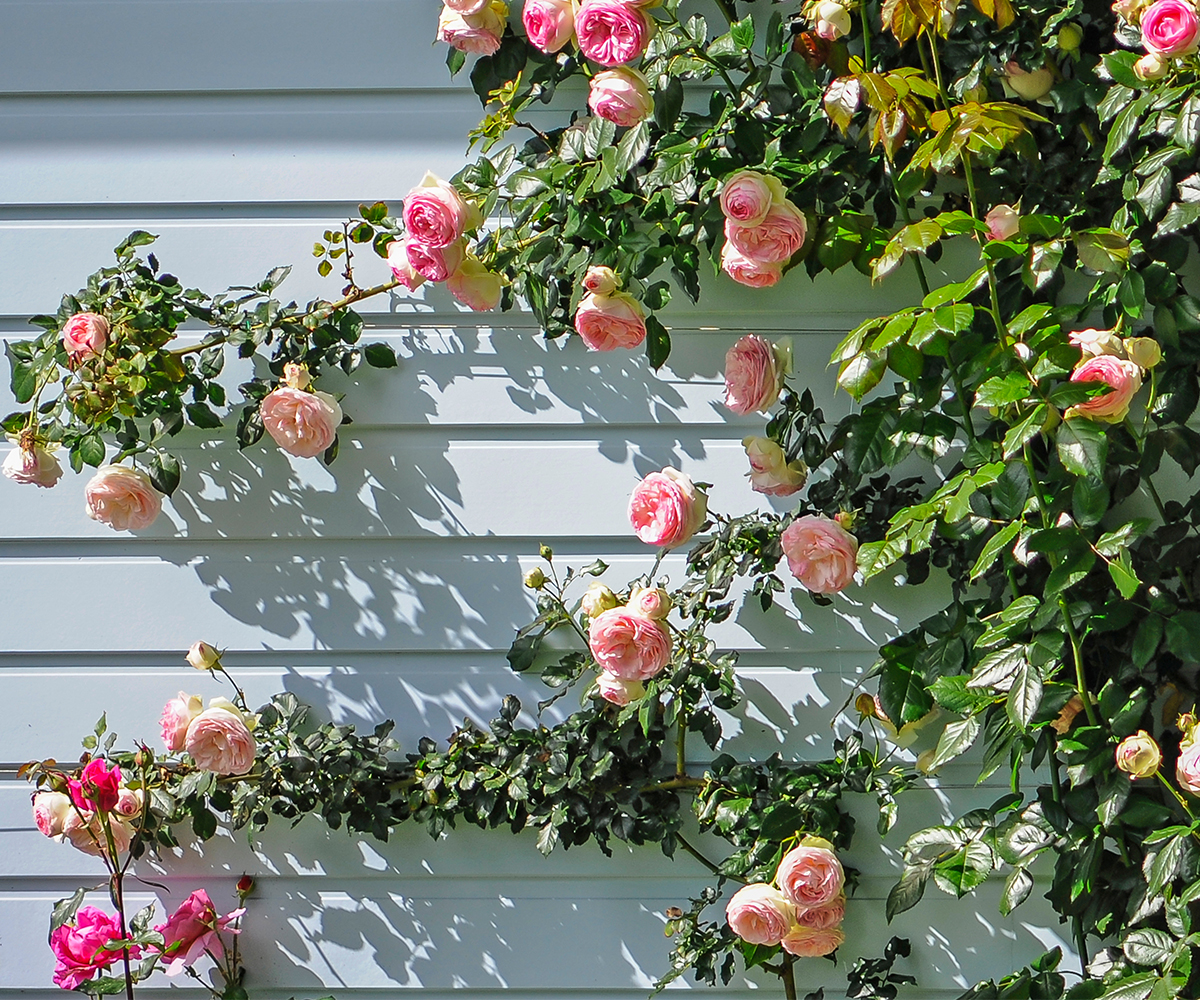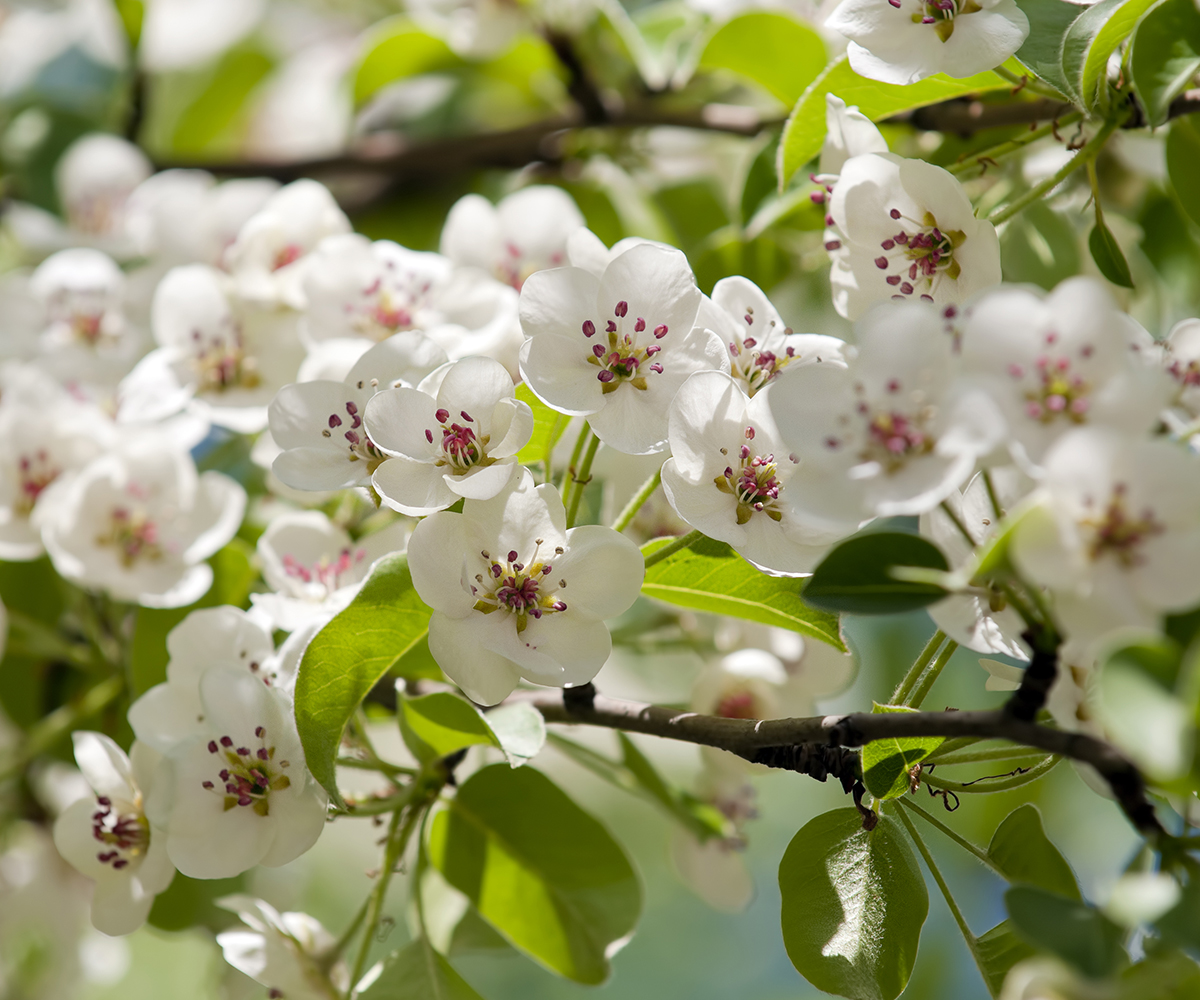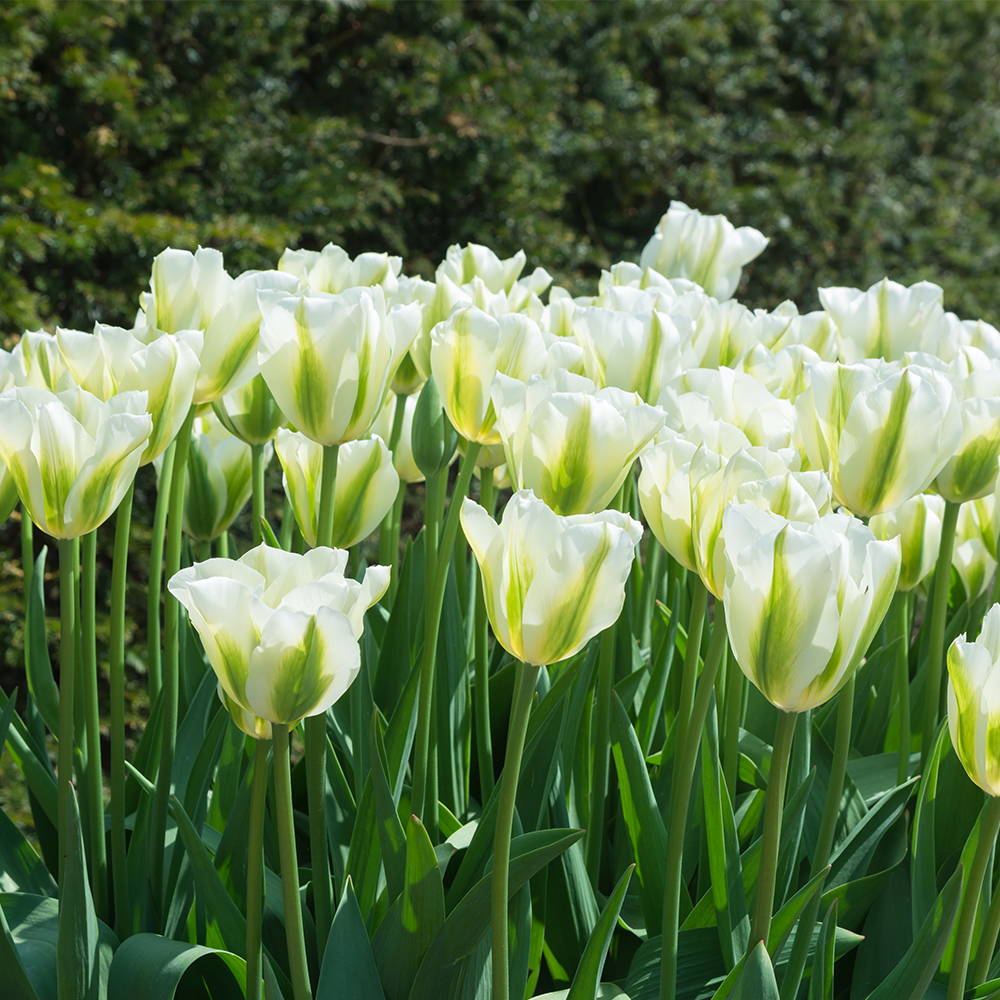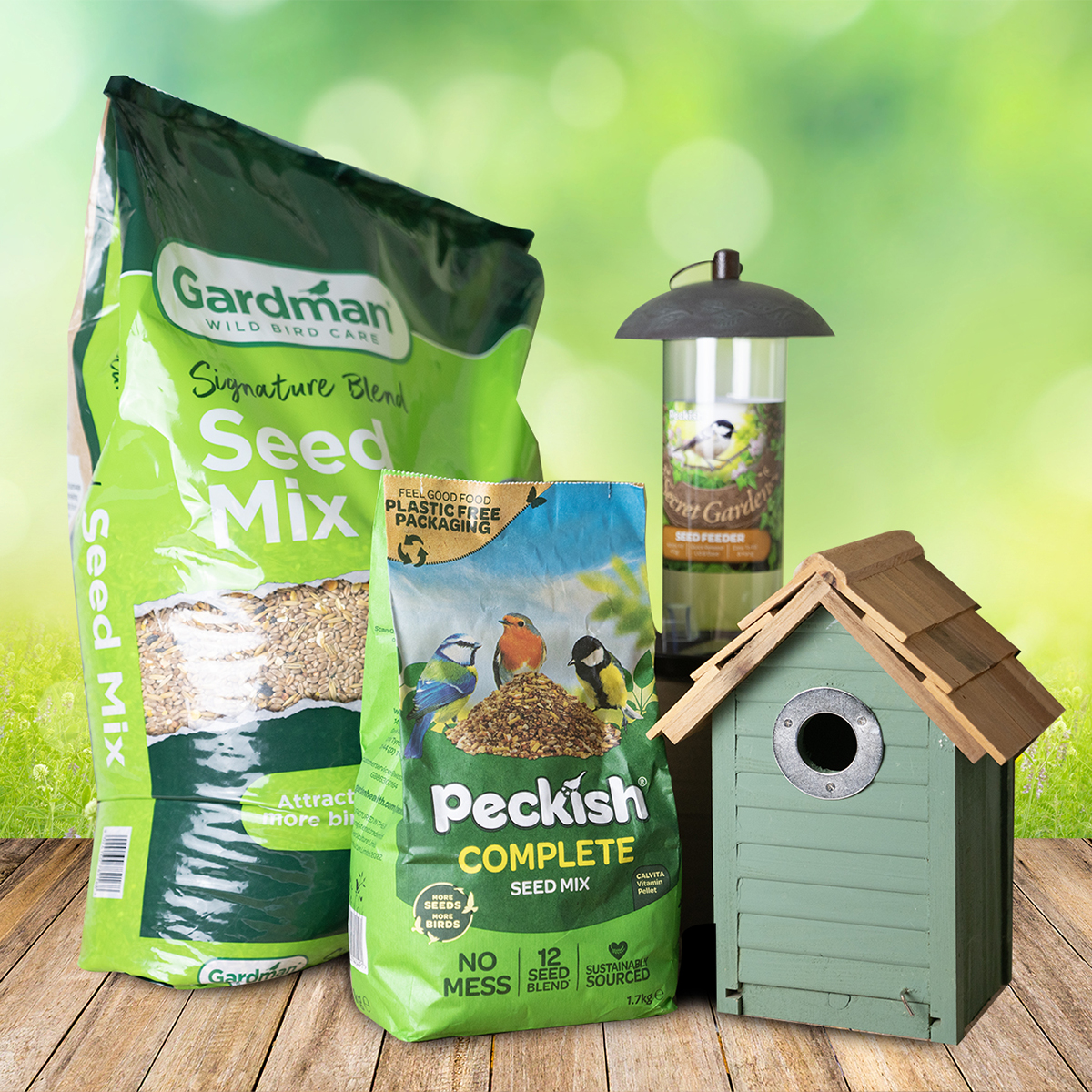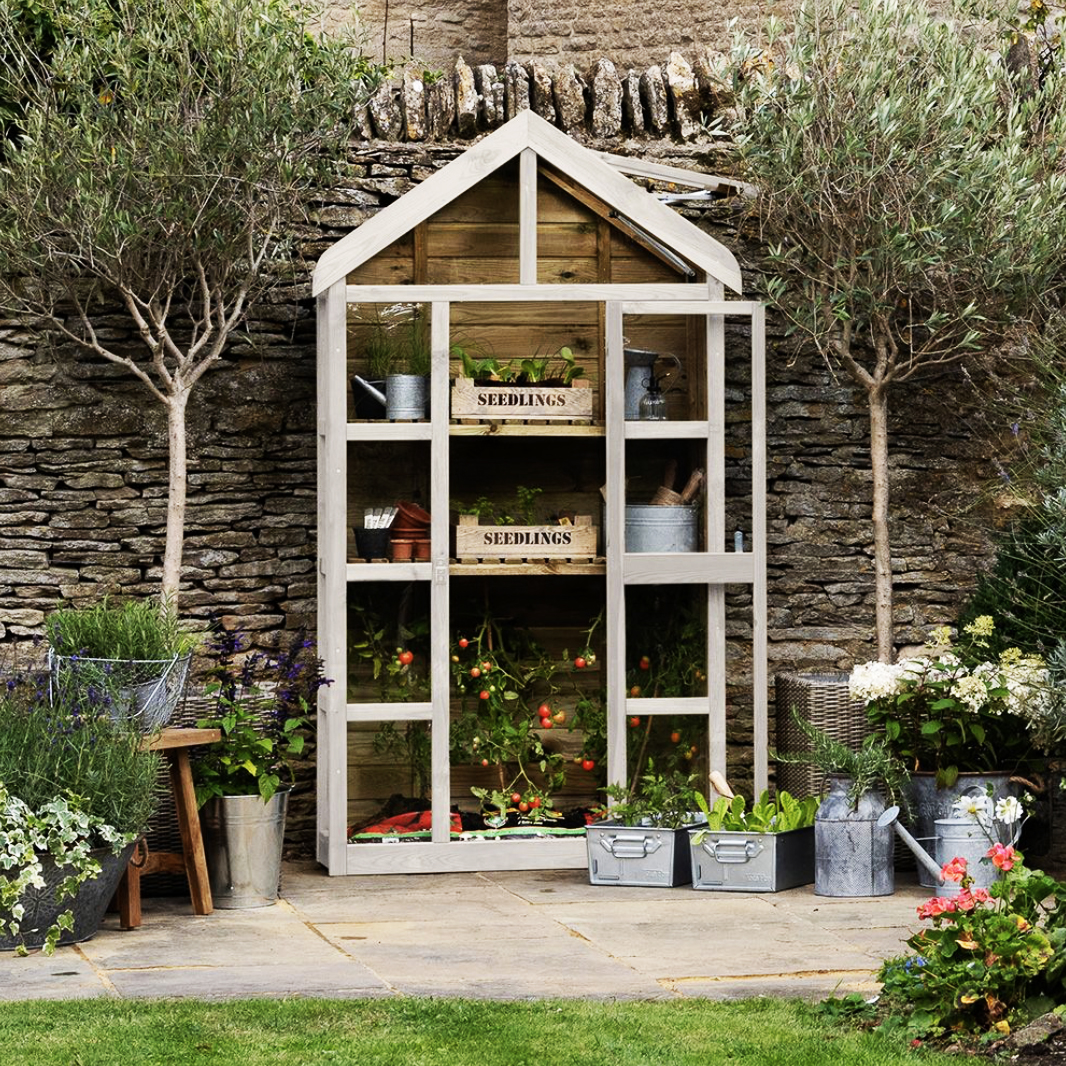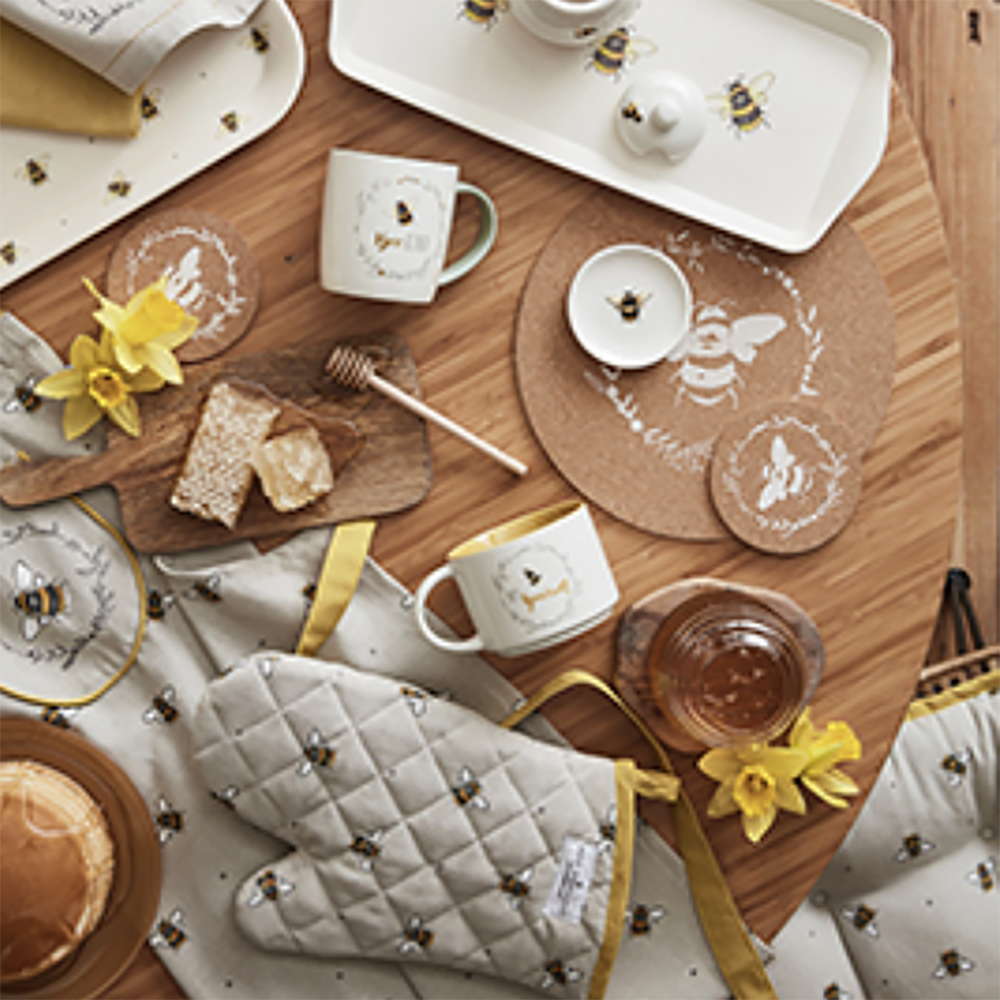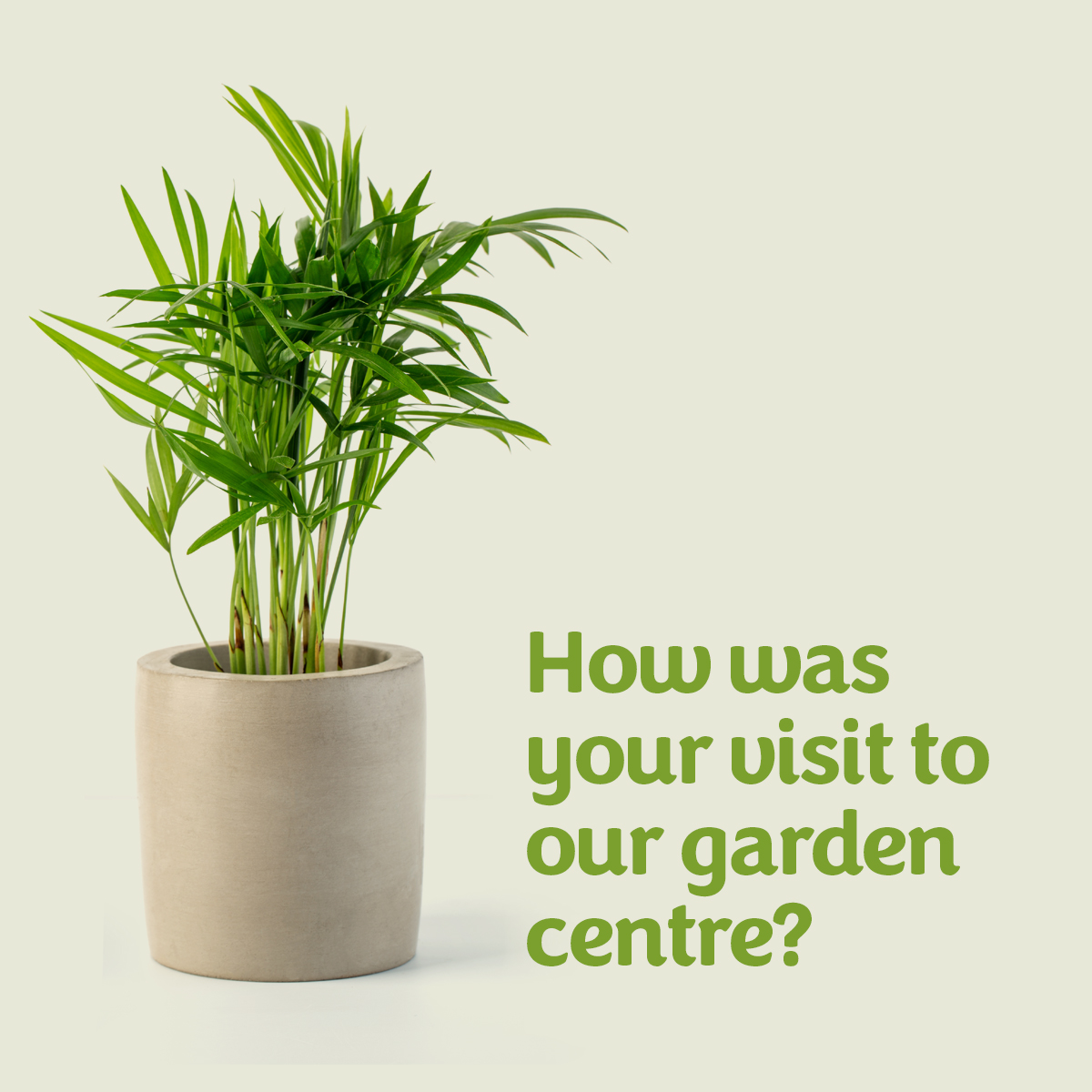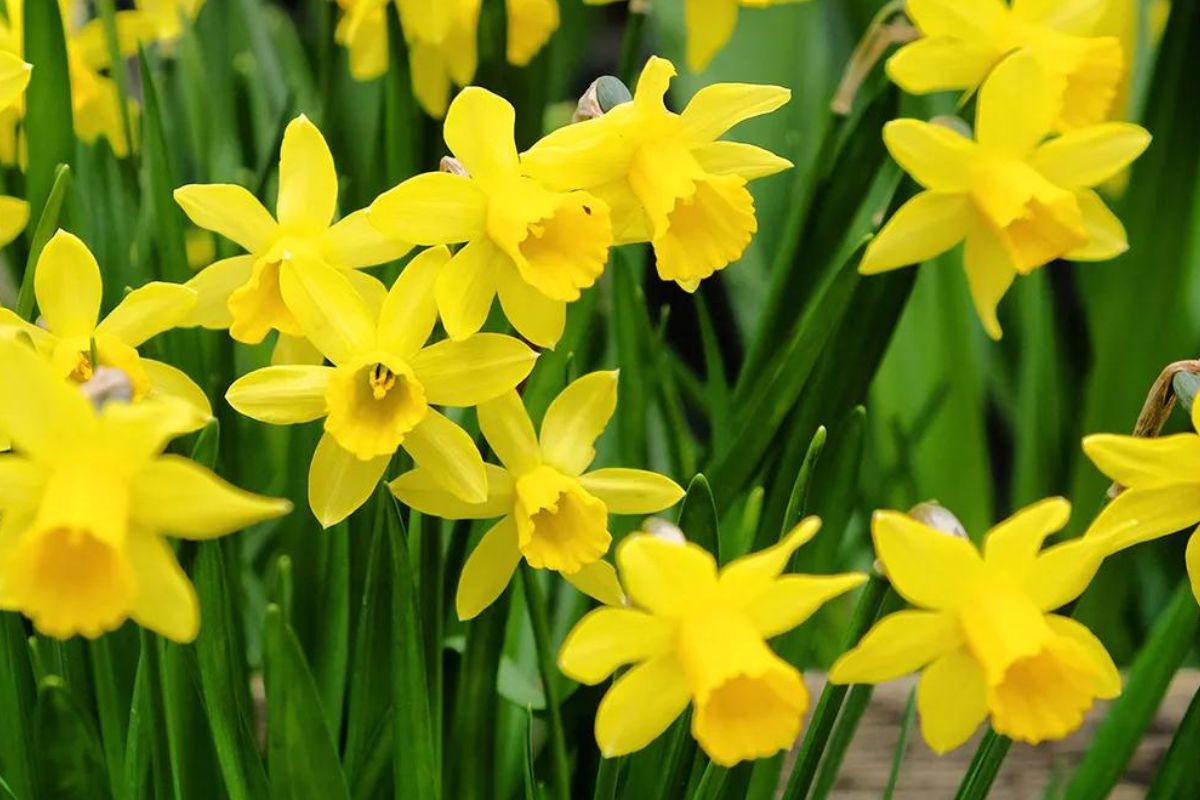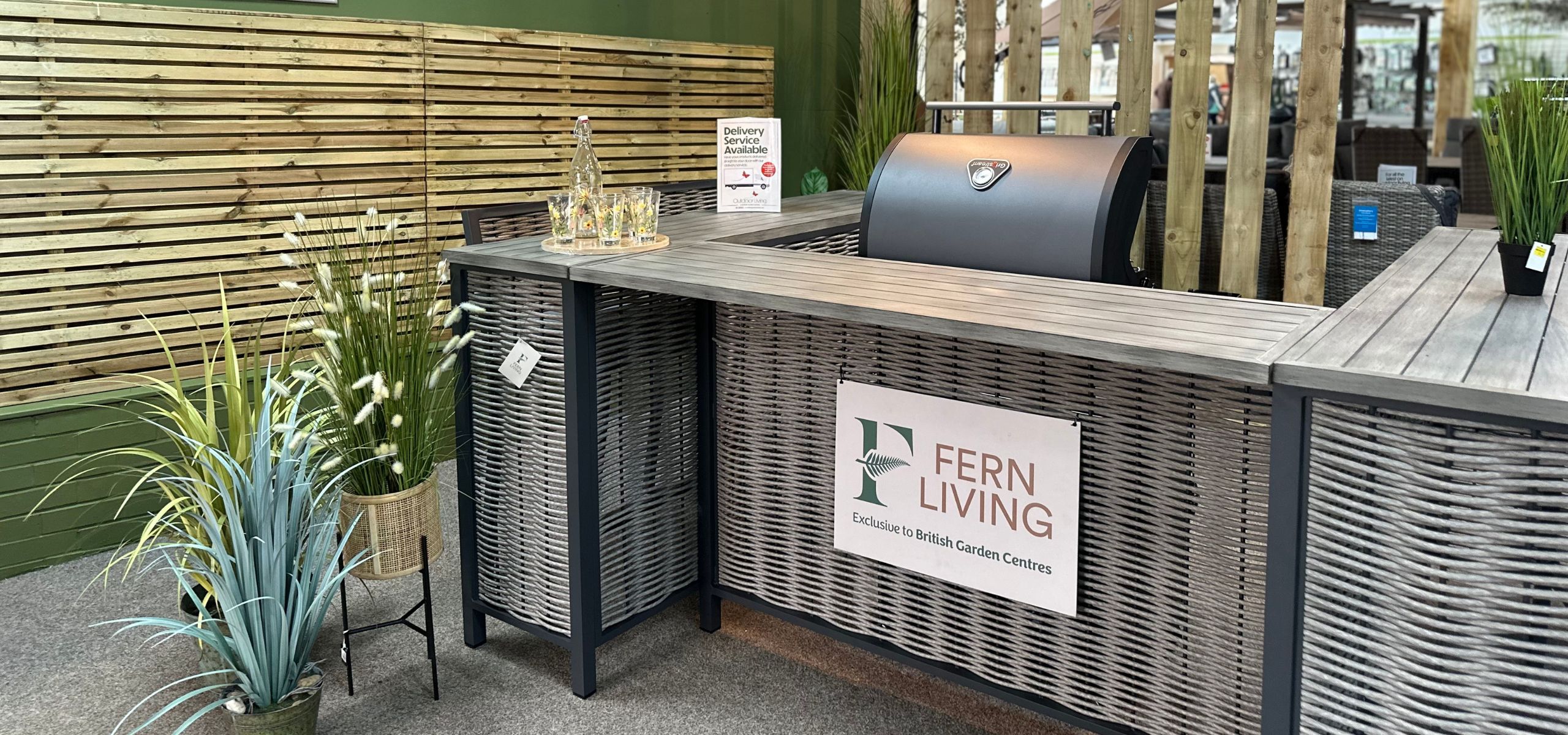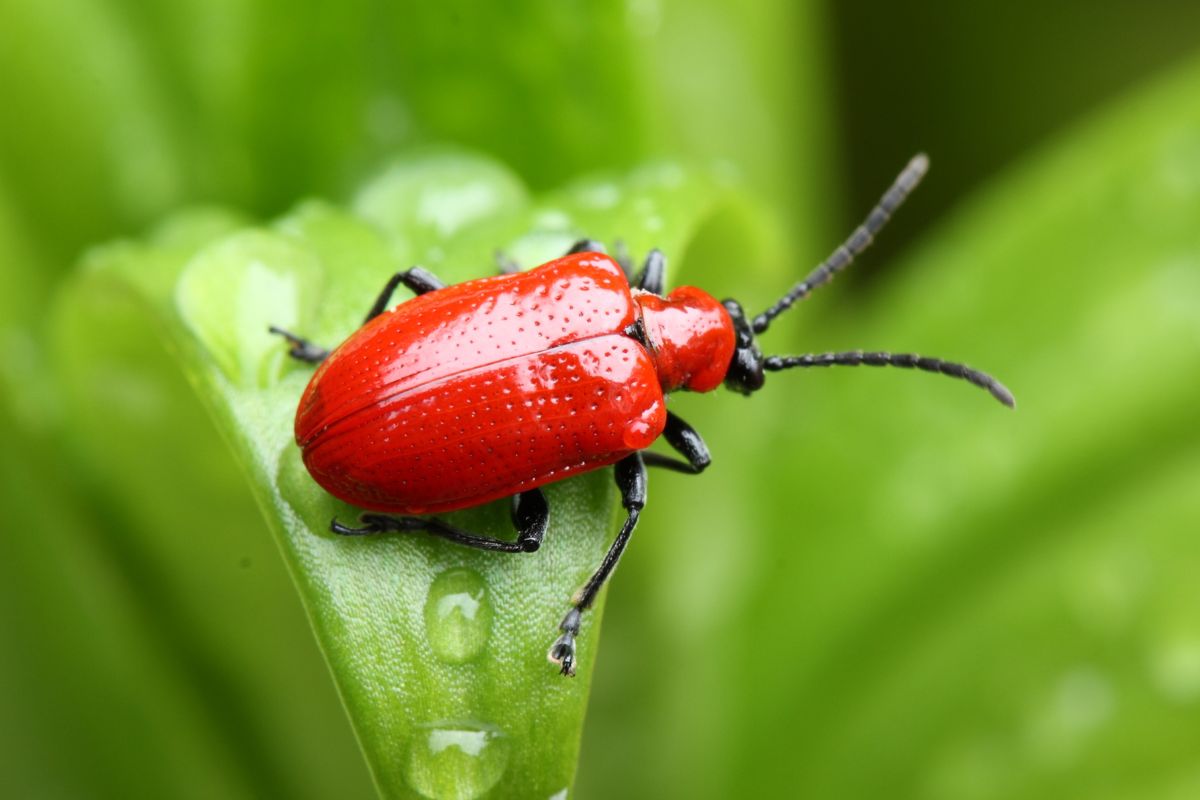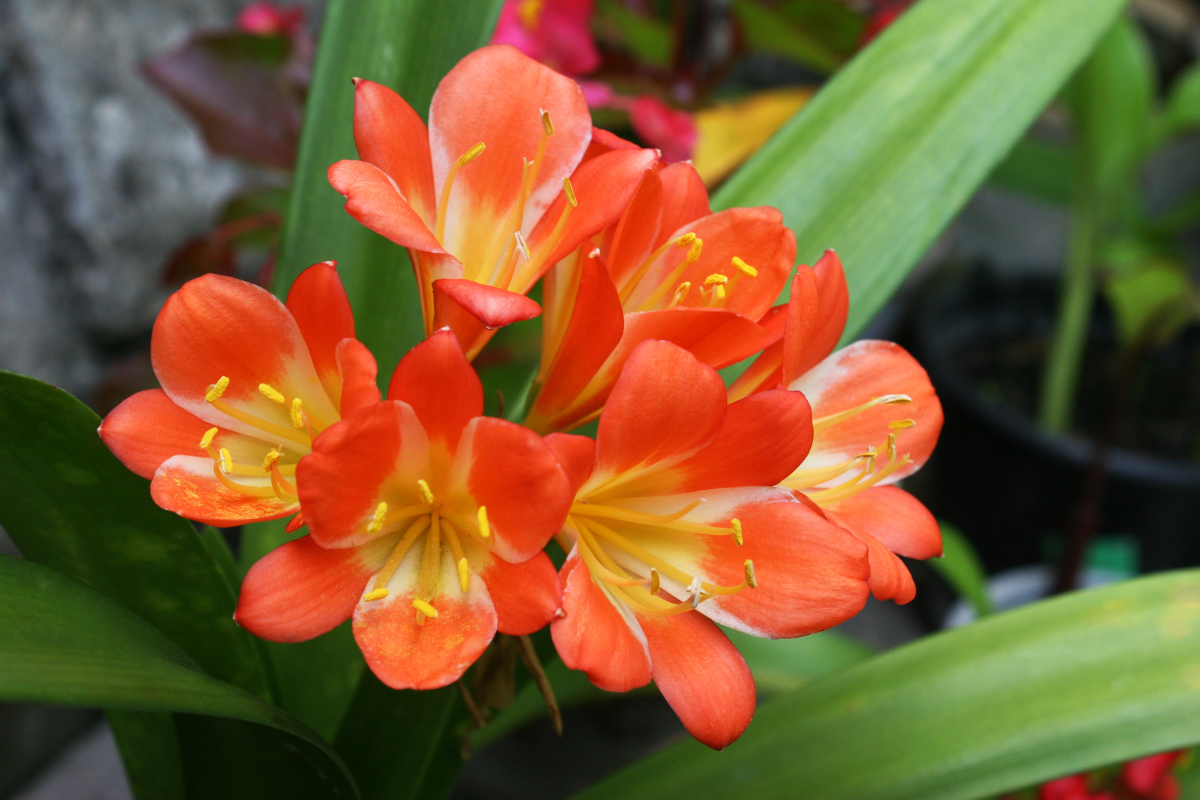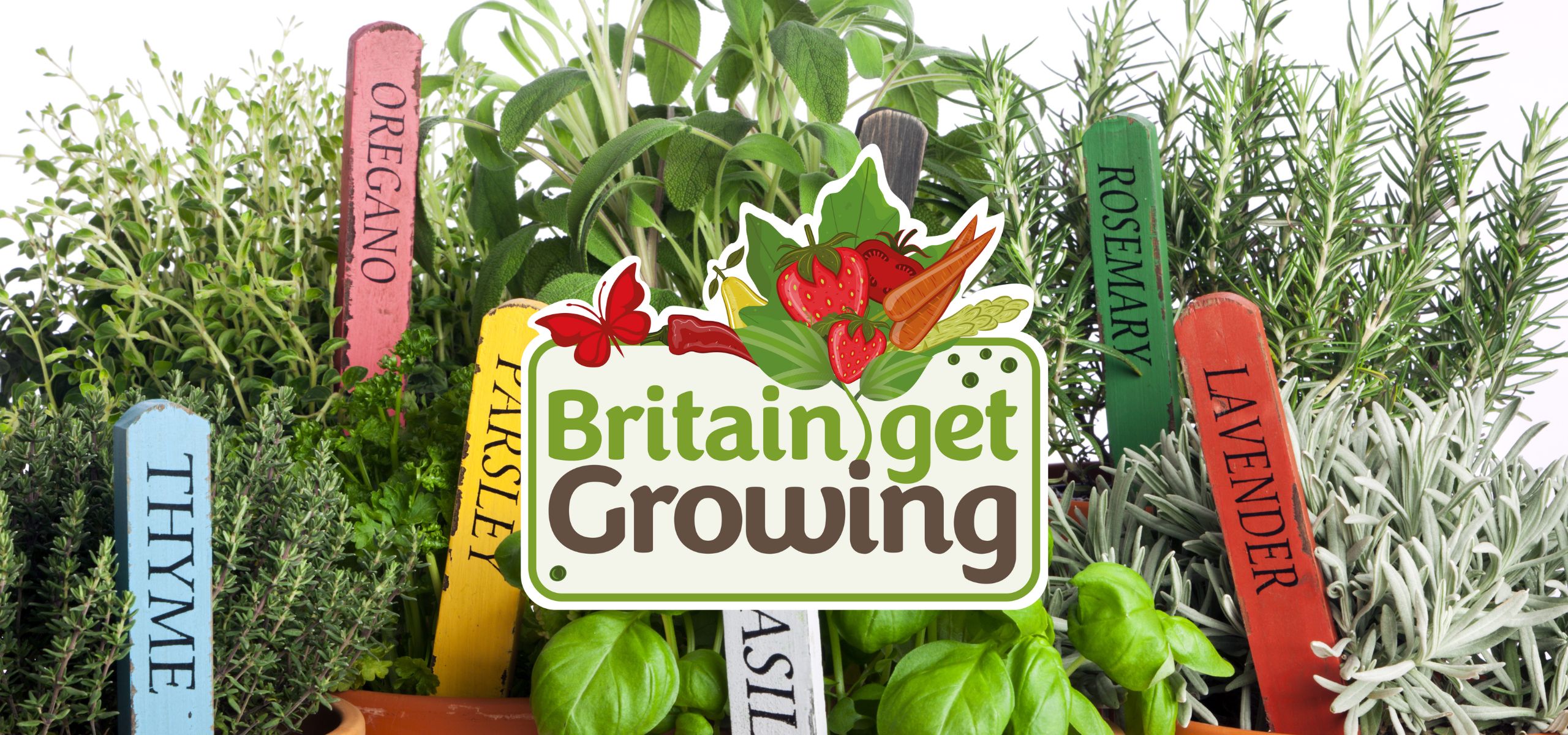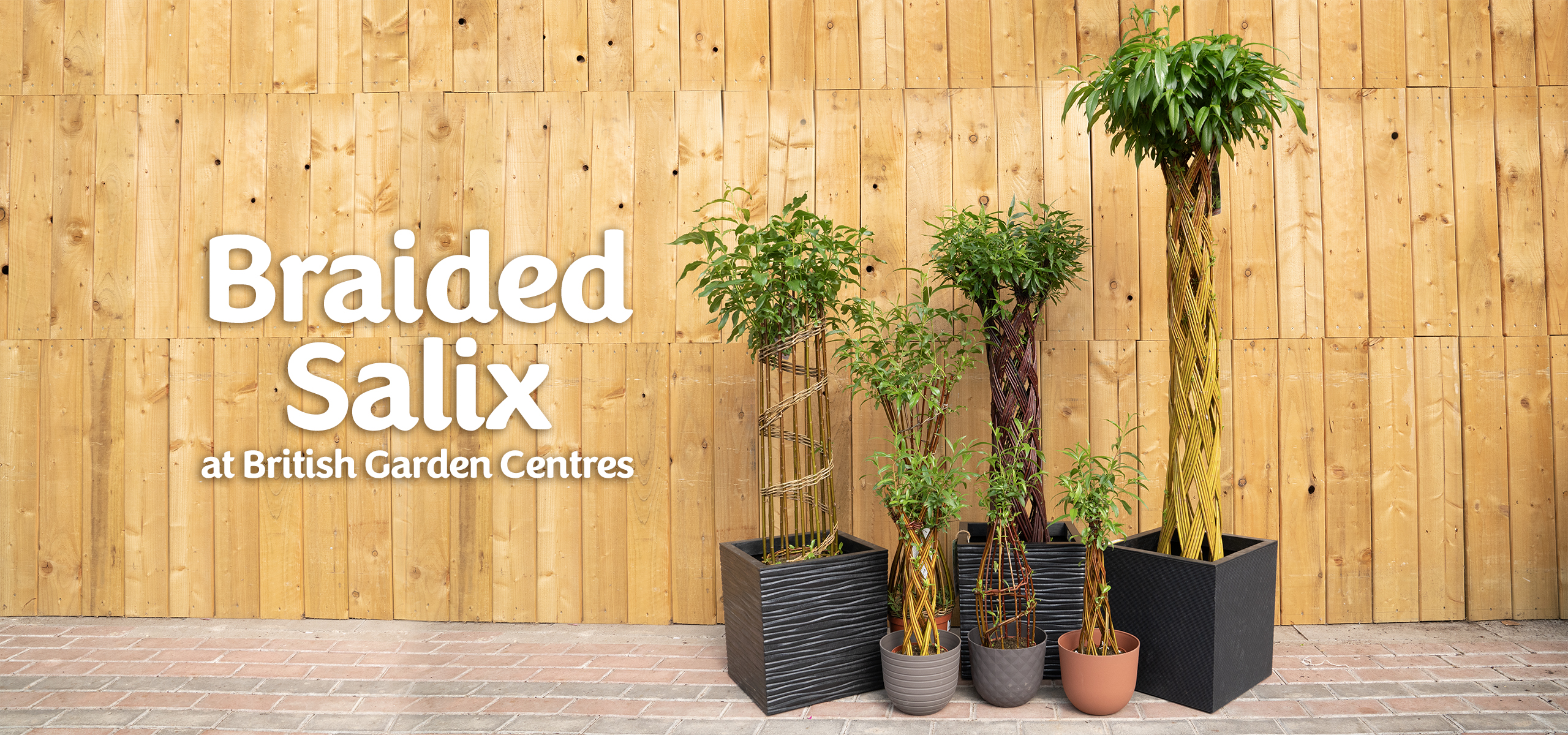Last week my yoga teacher described spring as arriving on tiptoe. Watching the oh-so-subtle signs of spring in the garden I can see what she means: a bulb tip here, a tiny green leaf there. No other season in the garden displays such a transformation over its three-month span as does spring. In early March my garden is all bare earth and splashes of yellow and claret from Tete Tete daffodils and chunky hellebore. In early June it’s busting out all over with climbing roses, irises and a precious white peony. By then the tulips will have come and gone and the sweet peas will be gearing up for an exuberant show of tissue paper fine petals and intoxicating scent.
But for now, I love these Lenten days with their promise of the riches to come. The hours of daylight have stretched out and it's possible to work outside until almost 6 pm without straining your eyes to see one end of the trowel from the other. Colour is gradually returning to the garden. A couple of years ago I trained a Japanese quince (Chaenomeles x superba Pink Lady) against the fence and can now admire its peachy pink blossoms which last for weeks until the young leaves emerge. Terracotta pots of deep blue Iris sibiricaClairette and dark pink hyacinths contribute to the broadening colour spectrum which by April will include pots of orange and purple tulips and golden wallflowers.
And it’s not only colour making an annual comeback. The wildlife is also stirring. There is frogspawn in the pond and I’ve twice seen flocks of long-tailed tits swooping through, nibbling at the ivy on the boundary fence which on close inspection I see hosts some grey-green caterpillars, larvae of I know not what but evidently a link in the chain of this garden’s ecosystem. During a recent mild spell, I also saw a few bumble bees foraging in the garden. For now, though, wintry weather has returned, signalling the end to a prolonged period without rain, the driest February since 1993 I heard on a recent radio report. The same report advised that, as in last summer’s drought, we water our gardens with grey water from the washing up. I woke to sleety snow this morning and it’s rained steadily all day, meaning that the water butts are being refilled, hurrah.
The trimming back and mulching I described in my winter blog have been completed and early spring is the time to examine the bones of the garden and consider if changes or new introductions are needed. I’ve had to cut back a Skimmia drastically; it had suffered badly in last summer’s drought. The silvered leaves hadn’t recovered and desperate measures were needed to bring it back to health. The space created around the shrub has allowed ground cover plants like Brunnera macrophylla and a Pulmonaria to spread out comfortably.
Spring is also the ideal time to consider introducing some new planting into the garden: you can see where the gaps are and the soil starts to warm up a little. My wish list includes plants for a pair of large pots which stand in my small front garden in full sun. Rather than refreshing the planting each season with bedding plants, I have decided upon a permanent planting scheme which I can trim back in late autumn and which will thrive in the sunny position. The chosen specimens are the Mexican daisy (Erigeron karvinskianus) whose white daisies flushed with pink will complement a cranesbill (Geranium Rozanne) with its violet-blue flowers. I’ll save the bedding plants for the windowboxes: given the blue and white scheme in the two pots, I’ll complete a coronation theme with dark red flowered ivy-leaved pelargoniums.
A friend with a local allotment has kindly offered me a bed measuring 2.3m square on which to grow some edibles this year. The bed has been covered all winter with weed control fabric which I shall remove at the end of March and dig out any perennial weeds which remain in the plot. I shall then mulch the bed with well-rotted stable manure in preparation for planting. I’ve already sowed two varieties of chard into seed modules: Fordhook Giant and Bright Lights, which will hopefully be large enough to plant out in April. Around that time I shall also direct sow beetroot seeds into the bed. I’ll plant a few Charlotte potatoes and have popped the seed potatoes onto the kitchen window sill to chit in preparation for planting in a couple of weeks. Pot marigold (Calendula officinalis) seeds sown a few days ago have started to germinate and I plan to edge the bed with them. Not only will they look attractive, but their yellow flowers are also said to attract beneficial insects such as ladybirds, lacewings and hoverflies which prey on aphids.
In a fit of enthusiasm for the gardening year ahead, at the beginning of February, I sowed tomato seeds and kept the seed trays in the heated propagator until germination. So far so good. But rather than keeping the seedlings by the window in the spare room, I made the mistake of placing the trays on the potting bench in the shed. Checking on them today I can see that they haven’t thrived, and I have brought them inside. I hope they recover, although there is still time to sow more tomatoes. The sweet pea seedlings on the other hand look very happy. I’ve chosen various shades of mauve and purple this year. Once the danger of frost has passed I shall plant them out into three deep pots and prepare tall wigwam supports made from bamboo. Sweet pea ‘Windsor’ is a regal velvety purple and might be in flower towards the end of the Coronation month of May.
Before then I shall have taken a week off from looking after my and my client’s gardens in order to explore the ‘valley’ gardens of south Cornwall, where the mild climate encourages more exotic species than can reliably be grown here. April and May are the perfect months to explore gardens and I wish you happy times in your garden and in the gardens, you visit in the months to come.
